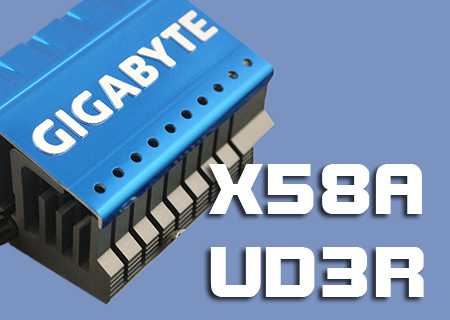Gigabyte X58A UD3R V2 Review
Conclusion
Thankfully as we’ve previous reviewed the UD3R in its v1 guise we don’t need to worry so much about the design and technology elements and can focus purely upon the improvements and performance.
To that end, has the improvement to the power phases helped the overclockability of the UD3R? Most certainly. 218MHz BCLK is pretty good and although it couldn’t quite hold much above 200MHz when the CPU multiplier was increased it could still happily run all day at 4GHz and, with decent cooling, 4.4GHz is a reasonable expectation with the Core i7-950 we used today. Although the Sabertooth gave us a slightly higher maximum overclock, 4.7GHz compared to 4.6GHz here, the 24/7 overclock was actually only 4.2GHz.
Our testing certainly ended up with the two boards being inseparable. For every jab thrown by one or the other, a different test saw a counter-punch. The word jab is also key here because none of the differences were so large we could label them a hay-maker, except PC Mark Vantage which absolutely loved the 4.4GHz overclock on the Gigabyte UD3R v2.
Coming in at the very acceptable £150 price-mark the X58A UD3R v2 is a definite improvement over the v1. If you’re in the market for a great value board this should be at the top of your shortlist.
So which should you buy between this and the similar priced, similar performing ASUS Sabertooth? Well it’s purely a matter of personal taste. Both boards are exceptionally good for the money and either will give you years of service. In a blind-test you couldn’t tell them apart.
Now if that doesn’t speak volumes about Gigabytes commitment to improve the original UD3, we’re not sure what does. An easy winner of our Gold award.
Thanks to Gigabyte for providing the X58A UD3R v2 for review today. Discuss in our forums.




